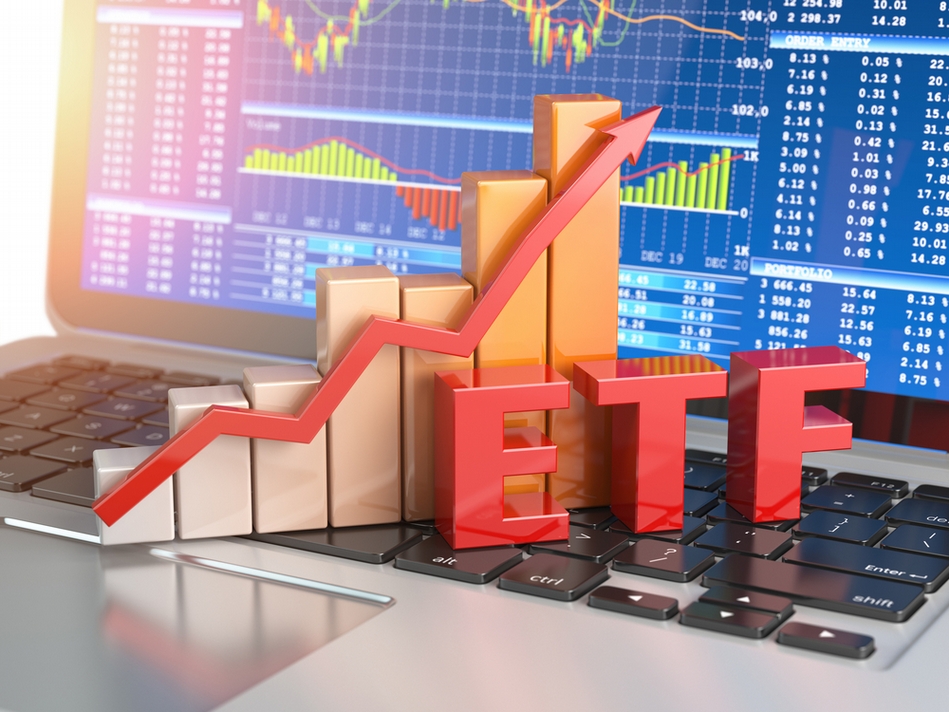
Source: CNBC
Fixed-income exchange-traded funds — which include popular names such as the iShares Core U.S. Aggregate Bond ETF, ticker AGG — could double in asset value in the next five years, says Armando Senra, head of U.S., Canada and Latin America iShares at BlackRock.
“From a cyclical perspective, you’ve seen a lot of flows going into fixed-income ETFs. It’s natural,” Senra said Monday on CNBC’s “ETF Edge.” “You have a lot of market volatility. People have a risk-off trade. So, you’ve seen that, and you’ve seen money coming off from equities.”
Weak manufacturing data from Europe kept a lid on U.S. stocks Monday and drove Treasury yields lower as the results stoked fears of slowing global growth.
But there’s a larger, more systemic shift underway among investors as well, said Senra, who previously ran BlackRock’s Latin America and Iberia division.
“You have a more structural element, which is why we think that fixed-income ETFs are at the very early days of growth,” he said. “It took us 17 years to get to [$]1 trillion in assets. We believe we’re going to double that amount in five years.”
And, according to the iShares America chief, that boost will be fueled by the same forces that initially drove investors to stock-based ETFs.
“The same thing that you saw with equity ETFs, how people are using equity ETFs to replace individual securities, that’s what you will see with fixed-income ETFs,” Senra said. “They’re replacing bonds. They’re providing you liquidity, it’s a more convenient way to have a bond portfolio, and [there’s] efficiency. That’s where the money’s going to be coming from.”
That bodes well for funds such as iShares iBoxx $ Investment Grade Corporate Bond ETF, ticker LQD, and iShares iBoxx $ High Yield Corporate Bond ETF, ticker HYG, both of which have been popular among investors in their monthslong hunt for yield.
But it’s not all rosy when it comes to bond ETFs, warns John Davi, founder and chief investment officer at Astoria Portfolio Advisors.
“The AGG index is providing you a negative real-rate after-tax return,” he said in the same “ETF Edge” interview. “Year to date, it’s up, … but right now, given where yields are, I think it’s a terrible risk-reward.”
As the Federal Reserve keeps interest rates low, thus “pushing people up the risk curve,” Davi recommended against rotating into high-yield credit funds that could bite investors later on.
“I think you can look at things like muni[cipal] bonds, some securitized mortgage-backed securities where you can get a better return per unit risk,” he suggested. “That’s what we do at our firm.”
For Alfred Eskandar, who is co-founder, president and chief operating officer at Salt Financial, “it’s all about diversification” when it comes to incorporating bonds into an investment portfolio, he said in the same interview on Monday.
“We don’t advise individual investors on money. We build analytics, and we look at it from a risk perspective, and fixed income is a way to manage risk in the portfolio,” Eskandar said. “So, holistically, how much risk do I want to carry going into Q4, going into 2020? And I could actually use fixed income to literally just dampen or balance my equity side of the portfolio.”


